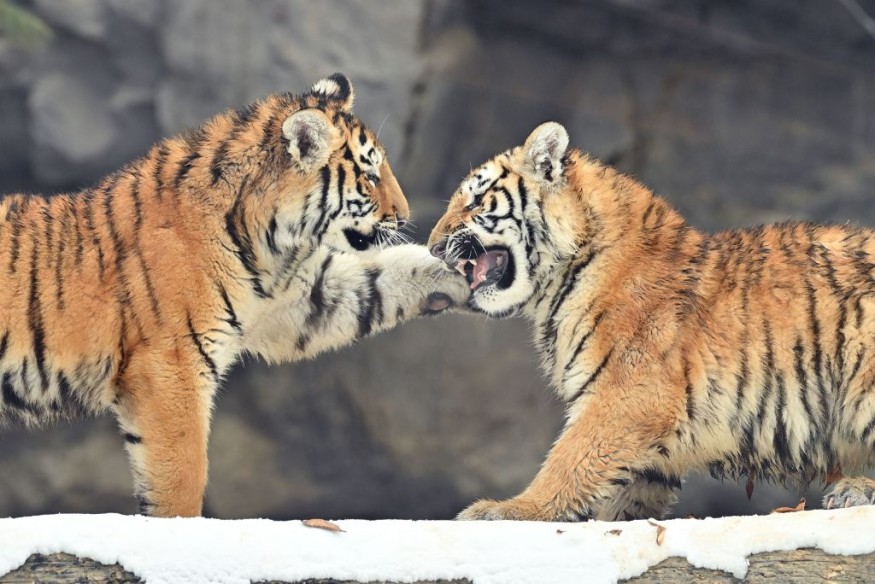China has plans for a tiger "kindergarten" to develop the innate impulses that captive cubs have lost access to. To help tiger cubs refine their natural inclinations that their lengthy captivity has stifled, wildlife authorities at a breeding facility in southern China's Guangdong Province intend to establish an area likened to a kindergarten.

The almost 200 South China tigers living in the area are all descendants of captive breeding programs.
Captive-Bred Animals in Danger
According to recent research, most big, captive-bred predators perish when released back into their native environment. A group of researchers from the University of Exeter in the UK found that the likelihood of creatures like tigers and wolves surviving in the wild is just 33%.
The study questioned the contribution of zoos and captive breeding programs to conservation efforts after reviewing 45 carnivore reintroductions globally.
According to the main author and expert on animal behavior Kristen Jule, "animals in captivity do not often exhibit the normal behaviors needed for success in the wild."
She claimed that their lack of hunting prowess and their lack of fear of people are huge drawbacks. She added that the depth of the issue was crucial since "we have assumed for some years that animals born in captivity did not fare as well as wild animals.
A total of 17 species of reintroduced animals, including tigers, wolves, lynxes, cheetahs, brown bears, and otters, were examined in the study. More than half of the deaths were related to human error, such as intentional shootings and auto accidents.
The study found that carnivores born in captivity were more likely to starve to death than their wild-bred counterparts and more vulnerable to viruses and illnesses.
Also Read : Wolves, Bears, and a Slew of Othe
Read also: r Creatures are Making a Comeback in Europe
Developed Dependency

The study results imply that captive-born are less effective than wild-caught mammals in conservation projects. Nevertheless, Jule said captive carnivores continue to play a crucial part in conservation efforts because "there are not enough animals in the wild that we can transport."
She claimed that better reintroduction methods are required to make prisoners a more practical choice.
According to researchers, better prerelease training would help zoo-bred predators develop their hunting abilities and adapt to social groupings in the wild. According to Jule, better selection criteria are also necessary when deciding which animals to release. For instance, she stated, "animals who are more daring, especially toward people, are more likely to perish."
Vulnerable Reintroduction
Animals that are less wary of leaving reintroduction sites are also more vulnerable, she continued.
According to Sarah Christie, manager of the Zoological Society of London's carnivore conservation program, Carnivore release programs must be properly planned. Christie added that although the current study's reintroduction recommendations may not have been used in the past, "those who are preparing and thinking ahead already have these concepts in mind."
Christie is working on a lengthy initiative to use captive-bred animals from European zoos to restore critically endangered Amur leopards into Russia.
For similar news, don't forget to follow Nature World News!
© 2025 NatureWorldNews.com All rights reserved. Do not reproduce without permission.





